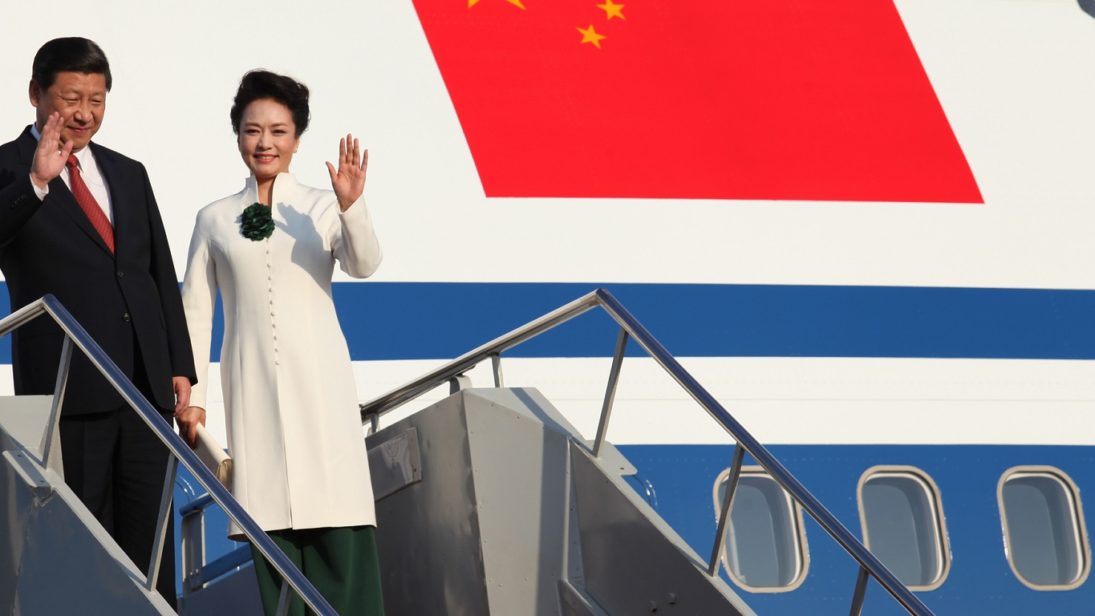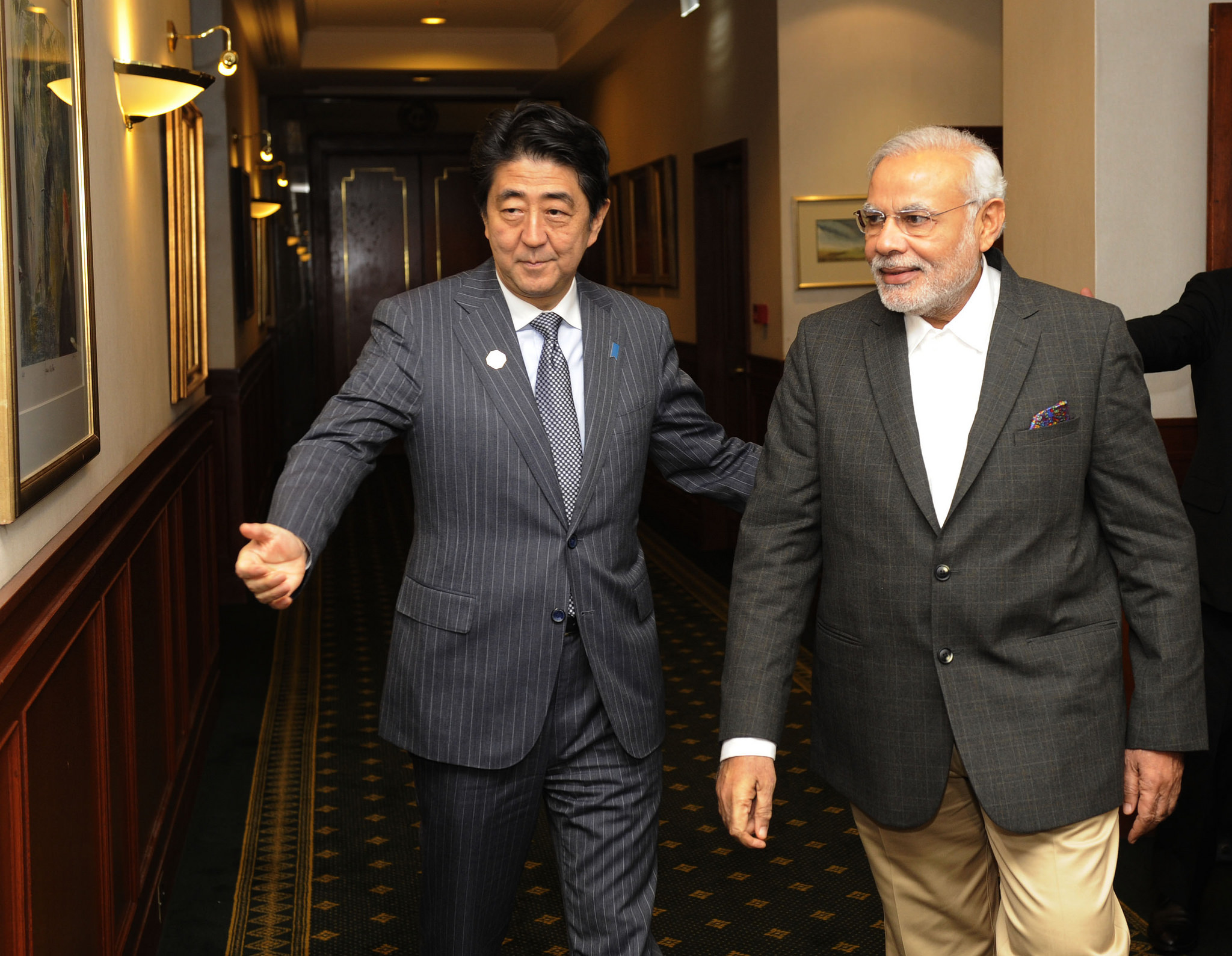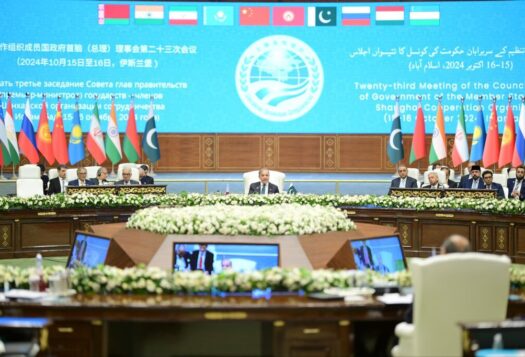
After almost two decades of proactive diplomacy in its neighborhood, China is now flexing its muscles towards its powerful Asian rivals, India and Japan. Beijing’s standoff with India over the Doklam plateau in the Himalayas and China’s decision to patrol the waters around the disputed Senkaku Islands, which are claimed by both China and Japan, indicate China’s desire to test the resolve of other regional heavyweights. Now following Chinese President Xi Jinping’s consolidation of power at the 19th Party Congress, China is seeking to assert its dominance over potential adversaries as a means of guaranteeing its own great power status.
Avoiding the fate of failed hegemons
Japan and India have proven two troublesome regional powers given both countries’ bilateral strategic alignment and trilateral cooperation with the United States. To counteract these geopolitical trends, China is seeking to project its economic and military invincibility over its regional rivals. As the realist scholar John Mearsheimer has argued, pursuing hegemony is most successful survival strategy for nation-states in an anarchic international system. As such, hegemons will try to mitigate or counter the rise of peer rivals in their periphery either through power projection, intimidation, or, in some instances, appeasement. Importantly, however, great powers generally seek to avoid full-fledged wars with regional rivals owing to the inherent fear that such conflict will drain its military resources or delay its political and economic ascendancy. Namely, China does not want to repeat the experiences France and Germany, who in attempting to defeat their immediate rivals, over-extended their militaries and suffered crushing defeats.
China’s power projection: Doklam and the Senkakus
In June, India intercepted a Chinese military road construction unit on the Doklam plateau, situated near the trijunction border between India, Bhutan, and China. From the Indian perspective, if the road construction went unchecked, it would have bolstered China’s claim to Bhutanese territory. Access to the area would have also granted Beijing a strategic advantage in the event of a Sino-Indian militarized dispute as Doklam is located near India’s vulnerable Siliguri corridor that connects Northeast India to the “mainland.” If China were to sever this “Chicken’s Neck,” as it is commonly called, India’s ability to protect its eastern border, including the Chinese-claimed Tawang in Arunachal Pradesh, would be severely crippled. More importantly, China’s actions at Doklam have also been viewed as an attempt to test India’s willingness to fulfill its security commitments to Bhutan.
At the height of this standoff, which ended on August 28th through a mutually-agreed “disengagement,” Chinese media was notably vociferous in criticizing India’s involvement in a bilateral disagreement between Bhutan and China and emphatically sought to project Chinese power over India’s relatively weaker power status. In a Global Times editorial, the English-daily quoted a Chinese scholar that “not only militarily, but economically and technologically, India has no comparison to China at this moment.” They also recalled the “heavy price” India paid its 1962 border conflict with China and warned that the military gap between the two is larger than it was in 1962. Even now, China is increasing its troop presence in Chinese-controlled territory near Doklam.
China’s activities in the East China Sea over disputed territory with Japan also echoes China’s power play in Doklam. In July, China sent four patrol vessels to the waters surrounding the Japanese-controlled Senkaku Islands. The patrol had the declared mission of “cruising in the seas around our Diaoyu Islands,” in reference to the Chinese name for the islands. These actions are not new, however, as Beijing has sent maritime surveillance and warships through the area at least since 1999. Yet, these most recent actions seem to be occurring with increased frequency in order to erode Japan’s control over the islands. Having established an Air Defense Identification Zone over the East China Sea in 2013, China may be trying to replicate its South China Sea strategy of continuously asserting its position until potential adversaries back down.

Cooperation to protect the status quo
These two cases—Doklam and the waters surrounding the Senkakus—demonstrate that instead of a seeking full-scale confrontation with the regional peers, China practices two subtler strategies against India and Japan. First, it relies on proxies like Pakistan in South Asia and North Korea in East Asia to contain India and Japan at the regional level. Second, China engages in limited military stand-offs or confrontations to convey its message relating to Chinese military capabilities. With both strategies, China’s key objective seems to be ensuring that these two regional rivals do not obstruct China’s ascendancy.
This is a clear indication that more diplomatic and tactical skirmishes are likely to reoccur at the front-lines between China and its Asian adversaries unless and until India and Japan accept its preeminence. Given the uncertainty over how the U.S. presidential administration will deal with China’s assertiveness in the years ahead, India and Japan need to evolve a better strategy. As such, both countries should strengthen their cooperation to ensure that China does not upset the current status quo of freedom of navigation and a rules-based international order. At the same time, the United States should clarify its commitments to its treaty ally, Japan, and burgeoning strategic partner, India, and aid both countries in modernizing their defense forces.
***
Editor’s Note: Click here to read this article in Hindi
Image 1: APEC 2013 via Flickr.
Image 2: MEAphotogallery via Flickr.


